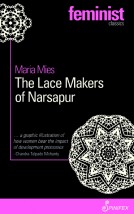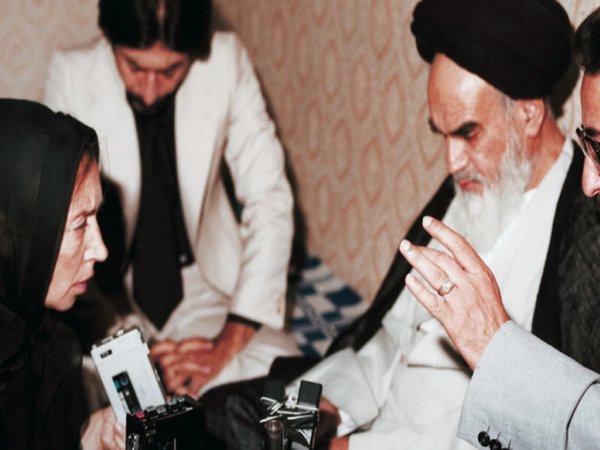‘It’s a global phenomenon so widespread that a new name has been coined for it: the precariat,’ wrote workplace editor Clay Lucas in The Age, 21 March. Precariat is a term describing the millions of people who find themselves without job security and are forced to take insecure, poorly paid and precarious jobs.
I came across ‘precariat’ meaning casualised, insecure labour in The Lace Makers of Narsapur by Maria Mies. Author and theorist Mies, claims that economists have invented the word ‘precariat’ because they are reluctant to have us understand the brutality that lurks behind this concept. Politicians proudly report that employment has risen but fail to admit that most of these jobs have no holiday or sick pay and lack security of tenure.
The Lace Makers of Narsapur was first published in 1982 and is a ground breaking and sensitive study of women at the beginning of globalisation. Maria Mies examines how the poor women of Narsapur are used to produce luxury goods for the western market. The rural lace makers are marginalised and responsible for the subsistence of the family and due to the patriarchal norms of society are unable to compete with men for the small amount of paid work that is available. The lace makers combine their work with domestic chores; their piece work is invisible – regarded as housework, even though it’s often the only family income.
Like the lace makers of Narsapur who could not survive without their precarious, low paid work, Australia, once a country where permanent jobs were the norm, now leads the way in the casualisation of labour with job seekers forced to move from one short-term contract to the next. In her preface to the 2012 edition of The Lace Makers of Narsapur, Maria Mies asserts that such precarious employment where millions of people lead lives of social and economic uncertainty suits the owners of capital very well. Just as the lace makers did not produce a full lace garment but parts thereof, workers in the today’s global market produce components for products such as cars, computers or phones for unknown foreign contractors. There is little job security, scarce ability to pay for health insurance, a house, or sick pay- just dependence on the vicissitudes of the international market.
Forty years ago it was thought that by now we’d be working just 20 hours a week, but as the author of The Precariat – The New Dangerous Class, Guy Standing says ‘we have experienced the growth of a new and dangerously angry class, the precariat’. This global phenomena consists of people who have lost working – class jobs, and others such as migrants and the disabled, along with the educated and frustrated who form much of the protest movements that spread across Europe and the Middle East last year.
But did it have to be this way? What if there had been a change in the sexual division of labour? In The Lace Makers of Narsapur, Mies theorised that, if men had to share non-wage work equally with women requiring them to spend more time at home and less at the office or factory, the labour power needed to produce ever more commodities for the capitalist market would shrink. Under such equal conditions, according to Mies, capitalism could not have developed in the way that it did. Instead, the atomised and disorganised lace makers working for sub-subsistence wages, ‘are now the image of the future for us’.
Guy Standing, is also Professor of Economic Security at the University of Bath in England. He warns politicians to take note of this rising precariat whose members are suffering from anxiety. Uncertainty is spreading rapidly throughout society, leading to alienation and despair – in turn feeding into the growth of the protest movements around the globe, says Standing.
‘The lacemakers show the way,’ writes Mies. ’The conditions under which they worked never disappeared, as we can see now.’ ‘Their working days are hard and long and so is the working life of these women – from the age of eight to the age of 70 or 80.The lace-making women virtually never stop working until they die.’ These conditions have returned to the rich countries of the west from where they were exported,’ she says.
While the proletariat has disappeared the precariat is on the rise.
Maria Mies is a German theorist, activist and author. She is Professor Emerita at the University of Applied Sciences (Fachhochschule) in Cologne. She is the author of numerous works of women and globalisation including: Patriarchy and Accumulation on a World Scale, The Subsistence Perspective: Beyond the Globalised Economy with Veronica Bennholdt-Thomsen and Ecofeminism with Vandana Shiva.
The Lace Makers of Narsapur is an important book. Published by Spinifex Press , it’s due for release in May 2012.
Helen Lobato studied a Bachelor of Media Studies at La Trobe University. She is currently working for Spinifex Press. You can follow her on Twitter: @allmediamatters






